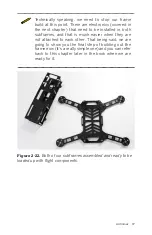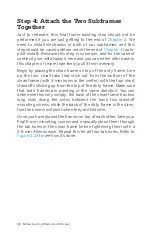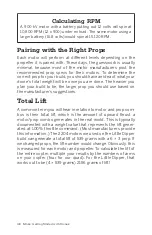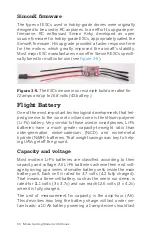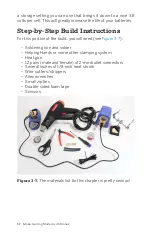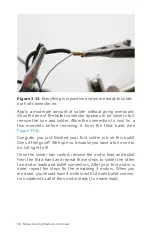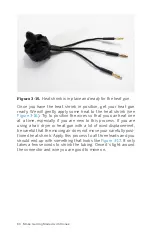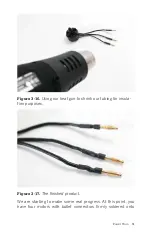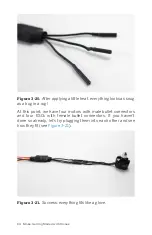
SimonK firmware
The types of ESCs used in hobby-grade drones were originally
designed to be used in RC airplanes. In an effort to upgrade per-
formance, RC enthusiast Simon Kirby developed an open
source firmware for hobby-grade ESCs, appropriately called the
SimonK firmware. His upgrade provided a faster response time
for the motors, which greatly improved the aircraft’s stability.
Most major ESC manufacturers now offer SimonK ESCs specifi-
cally tuned for multirotor use (see
Figure 3-5.
The ESCs we use in our example build are rated for
12 amps and up to 16.8 volts (4S battery).
Flight Battery
One of the most important technological developments that hel-
ped give rise to the current civilian drone is the lithium-polymer
(Li-Po) battery. Very similar to those used in smartphones, Li-Po
batteries have a much greater capacity-to-weight ratio than
older-generation nickel-cadmium (NiCD) and nickel-metal
hydride (NiMH) batteries. That weight savings was key to help-
ing UAVs get off the ground.
Capacity and voltage
Most modern Li-Po batteries are classified according to their
capacity and voltage. All Li-Po batteries achieve their end volt-
age by wiring up a series of smaller battery cells inside the main
battery unit. Each cell is rated for 3.7 volts (4.2 fully charged).
That means a three-cell battery, such as the one in our demo, is
rated for 11.1 volts (3 x 3.7v) and can reach 12.6 volts (3 x 4.2v)
when it is fully charged.
The unit of measurement for capacity is the
amp-hour
(Ah).
This describes how long the battery charge will last under cer-
tain loads: a 10 Ah battery powering a 1-amp device should last
50 Make: Getting Started with Drones
Summary of Contents for Belinda Kilby
Page 1: ......
Page 3: ...Make Getting Started with Drones Terry Kilby and Belinda Kilby...
Page 26: ......
Page 90: ......
Page 126: ......
Page 153: ...Figure 9 10 Compass setup Figure 9 11 Compass calibration ArduPilot Mega APM Setup 141...
Page 198: ......


